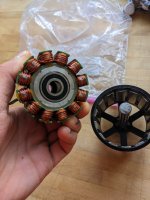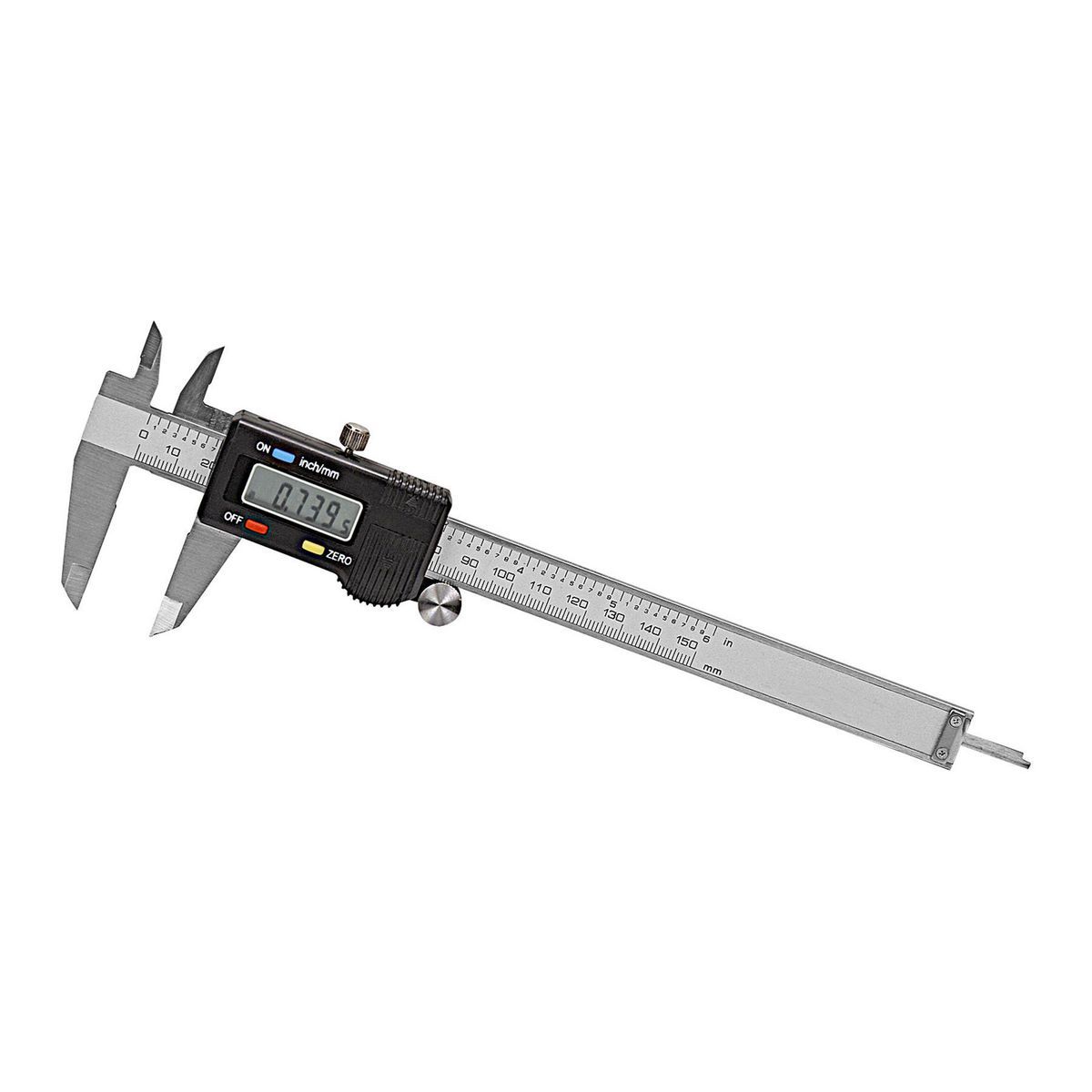leoms
1 mW
I have an outrunner which was making noise, and I think the reason is that the shaft doesn't fit tightly in the bearings. It's a 12mm shaft and the bearings are supposed to have 12mm bores, but it turns out that the fit is not tight. I'm going to try to fill the gap with retaining fluid. Anyone have tips for getting the shaft aligned, so the stator and rotor are perfectly parallel? Or, any other approaches which have worked for people? Seems like ideally I'd get a slightly bigger shaft and press-fit it, but I don't know how to obtain a shaft just a bit bigger than 12mm.
Thanks everyone.
Thanks everyone.



